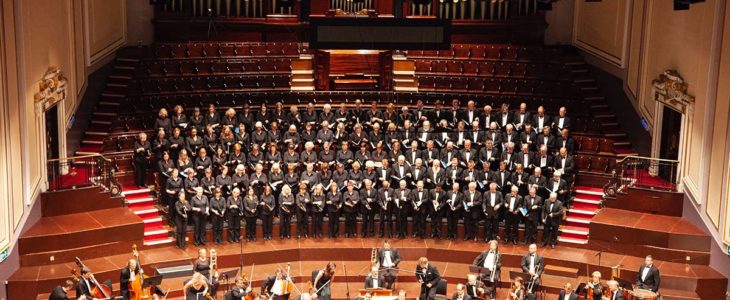

Orchestration can be used to automate complex IT service workflows, local or internal services, external cloud-based services, or hybrid environments, can be integrated by replacing singularly existing processes with an optimally networked orchestration system.
The term orchestration (borrowed from the field of music) designates in IT the flexible combination of several services to a meaningful concept (composition) that describes a business process, including automated configuration, management, and coordination of computer systems, applications, and services.
Automation & Orchestration
Automation can help by reducing or replacing the need for human interaction with IT systems and instead of using application software to perform its tasks to reduce cost, complexity and errors. In very general terms, automation refers to the automation of a particular task.
In contrast to orchestration, where you can automate a process or workflow that comprises many steps across several heterogeneous systems. If you first incorporate automation into your processes, you can then orchestrate them to run in an automated process.
Look at the notes of a single voice from the perspective of a single musician, it embodies the idea of a choreography. From the perspective of the conductor, who must have all the individual voices in view at the same time, means an orchestration is created.
IT orchestration also helps to streamline and optimize common processes and workflows, which can support a DevOps approach and assists teams to deploy applications more rapidly. Orchestration can be used to automate IT processes such as server provisioning, incident management, cloud orchestration, database management, application orchestration, and many other tasks and workflows.
Concept level
The orchestration of conceptual levels includes the elements of business process modelling, process control and description, service directory, service description, communication security, method calls, message protocols and structures.
IT choreography
The interaction of individual processes with each other. But there is no superordinate component that takes over the control. The difference between orchestration and choreography can also be illustrated by the image of a score in a classical orchestra.
Cloud Orchestration
Cloud Orchestration is defined as an arrangement of cloud automation processes to serve particular goals and coordination of automated cloud computing tasks, resulting in a consolidated workflow. Streamlining business processes and cloud tasks to provision servers, allocate storage capacity, create virtual machines and manage networks and more.
Cloud-Services
Orchestration of the cloud and IT services is intended to prevent business departments from using the cloud services as they like and the IT department from losing control of them. IT department assumes the role of a so-called “IT broker” who provides an ideal combination of existing IT infrastructure and additional cloud services. Aiming to reduce inefficient and independent IT silos and data islands is the logical consequence of central IT management.
Container Orchestration
For a large number of containers, solutions are needed that are capable of making complex environments transparent and simple. Such management is called container orchestration. These “orchestrators” are assigned to a selection of servers, VMs or “bare metal servers”, called “clusters”, and take over the distribution of the containers to the respective servers. Added to this is another set of tools such as application framework, load balancing and container name resolution to effectively control and manage larger infrastructures and automate updates, status monitoring and failover procedures, solutions like Docker Swarm and Kubernetes.
Do you have questions?
Contact us.
